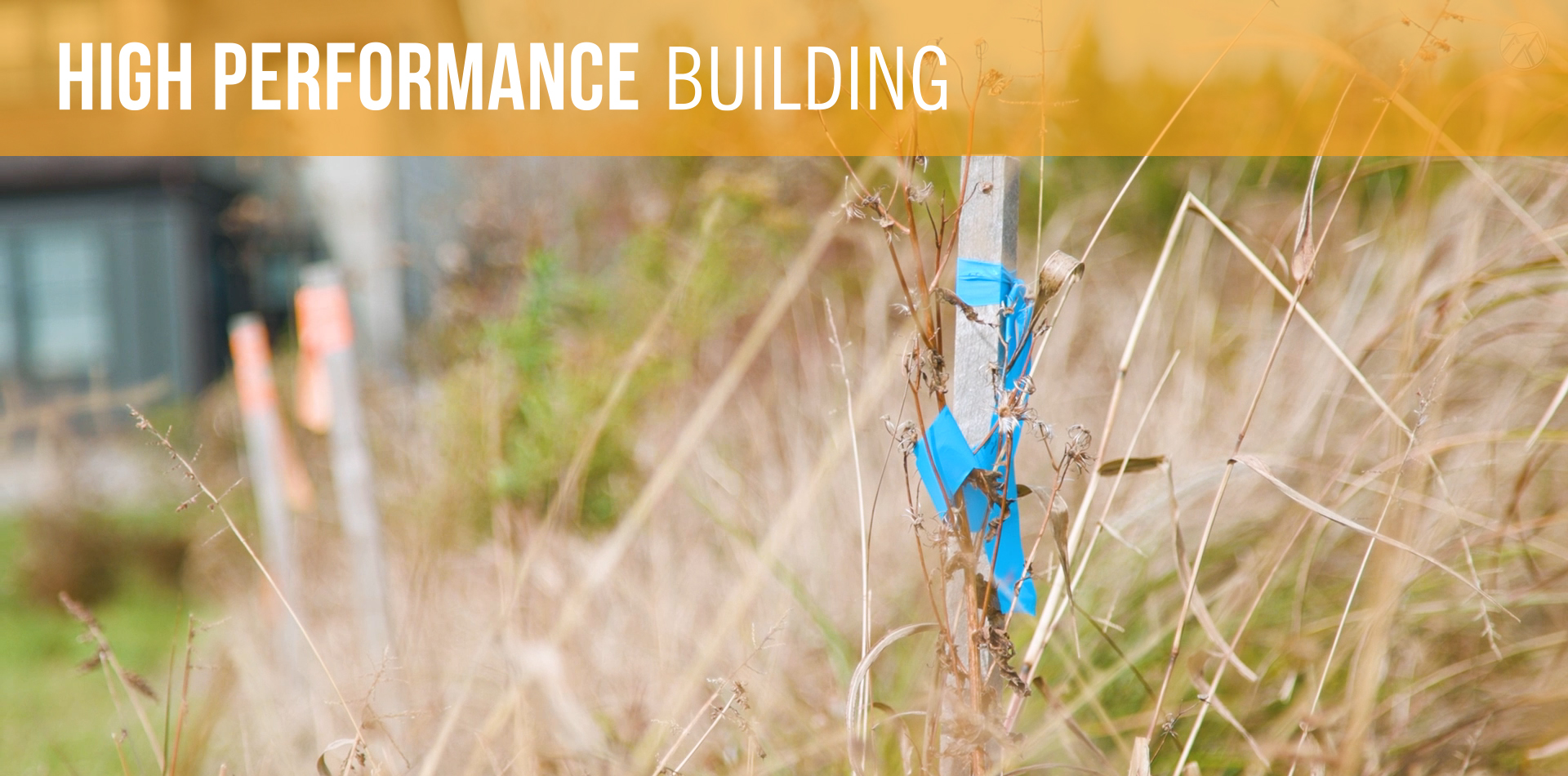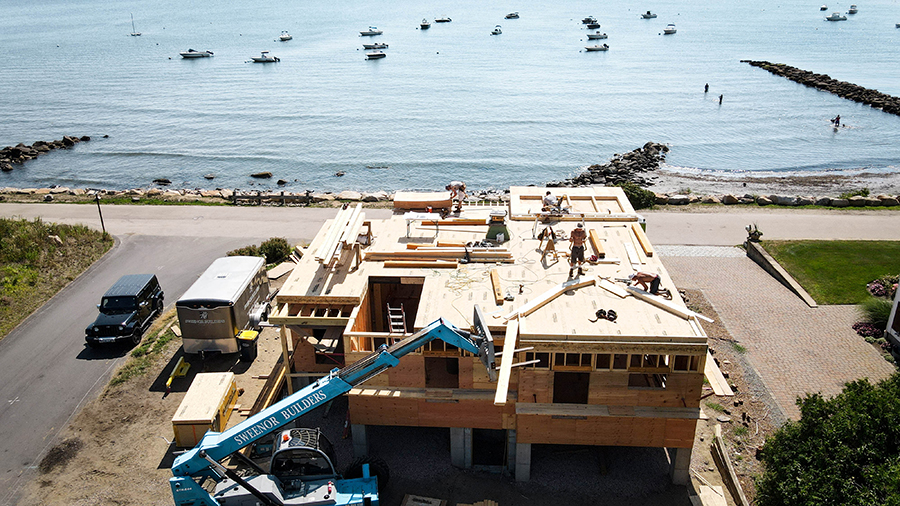HIGH PERFORMANCE BUILDING | Issue 3 – May, 2021
Few other states can match the beauty and variety of Rhode Island’s coastline. Though it’s only 48 miles from top to bottom, the state packs in more than 400 miles of beachfront property, from its famous Atlantic shoreline to the bay that carves clear up to Providence. Islands, inlets, coves, salt ponds and estuaries… RI has it all.
If you take a boat trip along the RI coast, you’ll see every type of waterfront home – from cozy beach cottages to the gilded-age Ne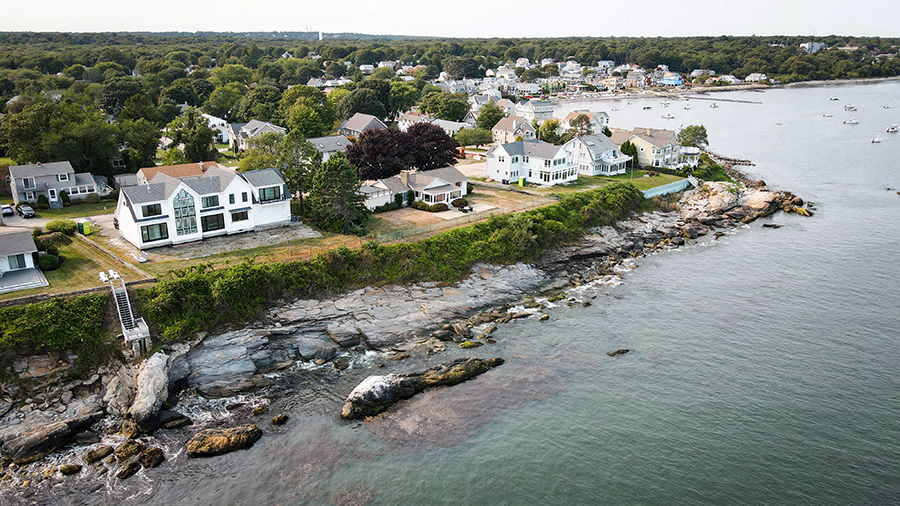 wport mansions. Seeing all those homes, you might get the idea that building near the ocean is easy here in the Ocean State. The reality is more complicated. Today’s coastal construction is governed by multiple laws, regulations and agencies. There’s often a long list of permits, variances and zoning approvals needed before any building begins. You’ll want to work with a builder who can navigate that process for you.
wport mansions. Seeing all those homes, you might get the idea that building near the ocean is easy here in the Ocean State. The reality is more complicated. Today’s coastal construction is governed by multiple laws, regulations and agencies. There’s often a long list of permits, variances and zoning approvals needed before any building begins. You’ll want to work with a builder who can navigate that process for you.
Getting the most from your coastal site.
Every coastal building project relies on a site plan. Sweenor Builders works closely with each client to arrive at the ideal design and placement of the home. We aim to maximize your enjoyment of the property while meeting all federal, state and town regulations. The site plan is a detailed drawing that shows the home’s dimensions in relation to the shoreline and surrounding wetlands. The typical site plan goes through a sequence of approvals, which may involve several agencies and months of reviews.
As RI’s leading coastal custom homebuilder, we’re very experienced with all organizations involved. Our in-house project engineer drives the process from start to finish, keeping your approvals flowing as quickly as possible to ensure a timely building start.
One of the first steps is on-site field research. This is where our team gathers important details that are unique to each coastal lot. In this episode of SAWDUST (see 11:40), Eric Baxter explains the essential role of project engineering.
Here are some of the key items covered by the field research and site plan:
Determine if the site is buildable. It’s not always clear if a particular site is suitable for a home you’ve imagined. Many factors will be considered, such as flood zone characteristics, distance from protected coastal features, and local zoning limitations on home heights, total footprint and property line setbacks.
Special permits or variances.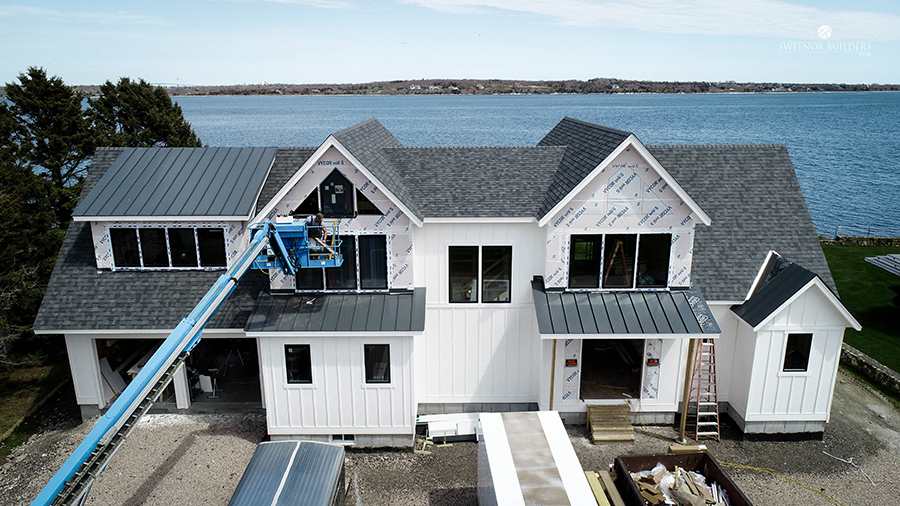 Even if the planned home is not perfectly in line with environmental regulations or local ordinances, it is often possible to propose variances that earn full approvals. Variances are reasonable, if they give enough protection to the homeowner and preserve environmental features like waterways, dunes and wildlife.
Even if the planned home is not perfectly in line with environmental regulations or local ordinances, it is often possible to propose variances that earn full approvals. Variances are reasonable, if they give enough protection to the homeowner and preserve environmental features like waterways, dunes and wildlife.
Size appropriately for the site. Even the biggest waterfront lots face limits on the size and placement of the home. As we work together on your home design, we need have a clear vision of what’s possible in the permitting process: How close can we get to the beach? How many bedrooms and bathrooms? What’s the optimal placement of decks, septic systems, driveways and other features that will appear on the site plan? For coastal sites, even the landscaping may be subject to special permits. There are always two goals; maximize property enjoyment for the homeowner and comply with all regulations.
Legal services. Sweenor Builders typically prepares and present coastal site plans without relying on outside legal support. We have the in-house expertise to shepherd the plan from start to finish, though some clients may opt to hire specialized environmental/construction lawyers for sites that call for an unusual number of variances. In most cases, we’re able to gain your permits without the need for additional legal expenses.
An alphabet soup of regulators
Clients who are new to coastal construction may be surprised by how many agencies have a hand in the process. Agencies at the federal, state and local levels exert control over what can be built near the shoreline. Our team is always tracking any revisions to their rules. Here’s a quick overview.
The Federal Emergency Management Agency sets the national standards for all lands that fall within a coastal flood zone. FEMA maps out all US lands near the shore and places each location into a flood risk map. Sites that are exposed to storm surges and high velocity flooding have extra permitting challenges and enhanced building requirements, to help ensure the home survives extreme weather events like hurricanes. Many RI coastal sites are mapped within FEMA’s Special Flood Hazard Area (SFHA). While these lots are often buildable, they typically require federal flood insurance and building techniques – like foundation piers designed to elevate the living space.
The R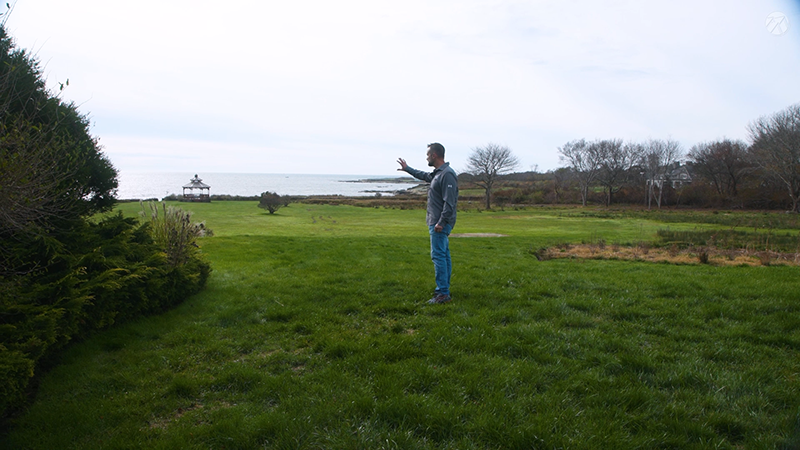 I Department of Environmental Management oversees the state’s natural resources. RIDEM develops and enforces environmental laws and is particularly concerned with protecting biologically sensitive areas like beaches and marshes. The agency is also responsible for septic system plan reviews and permitting, though its Onsite Wastewater Treatment System (OWTS) program. This is the team that reviews all details of your site’s proposed wastewater system at each phase from design through installation.
I Department of Environmental Management oversees the state’s natural resources. RIDEM develops and enforces environmental laws and is particularly concerned with protecting biologically sensitive areas like beaches and marshes. The agency is also responsible for septic system plan reviews and permitting, though its Onsite Wastewater Treatment System (OWTS) program. This is the team that reviews all details of your site’s proposed wastewater system at each phase from design through installation.
The Coastal Resource Management Council is RI’s primary regulator of the state’s coastal zone and is manages permitting of any new construction or renovations along the shore. They employ regulatory experts and wetland biologists who evaluate each site plan. They review hundreds of construction plans each year, along with any requests for variance.
The RI Building Code Commission manages the state’s extensive set of construction standards. The codes are meant to ensure that all RI buildings are based on a structurally safe design, using appropriate building materials and professional building practices. Sweenor Builders designs every home to meet or exceed the RI Building Code.
Town Regulations and Zoning. Aside from state and federal regulations, each RI town has powers to decide what can be built, and where. Residential zoning laws will apply, and the town’s building ordinances will define what’s possible for home height, historical considerations, home footprint relative to lot size, setbacks from the road and property lines, and placement of accessory structures like guest houses, decks and garages. You’ll get to know your local Building Inspector when pulling permits for construction, demolition, renovation, or a new of use for an older building. It pays to know the local rules – we do!
Yes, your coastal dream home can be built – but you’ll want an experienced coastal builder to guide your through the toughest parts of site planning and permitting. We done that hundreds of times for our clients. Check out some of our most creative designs. We’re happy to visit any RI coastal site to share of opinion of what’s possible.
Jeff
I hope you’re enjoying our monthly blog. Please send comments, ask questions, and suggest ideas for future topics. We’re building every day. See it all come together by following us on social media and watching our SAWDUST and QUICK CUTS video series.
Grow Your Knowledge
See our team in action…


